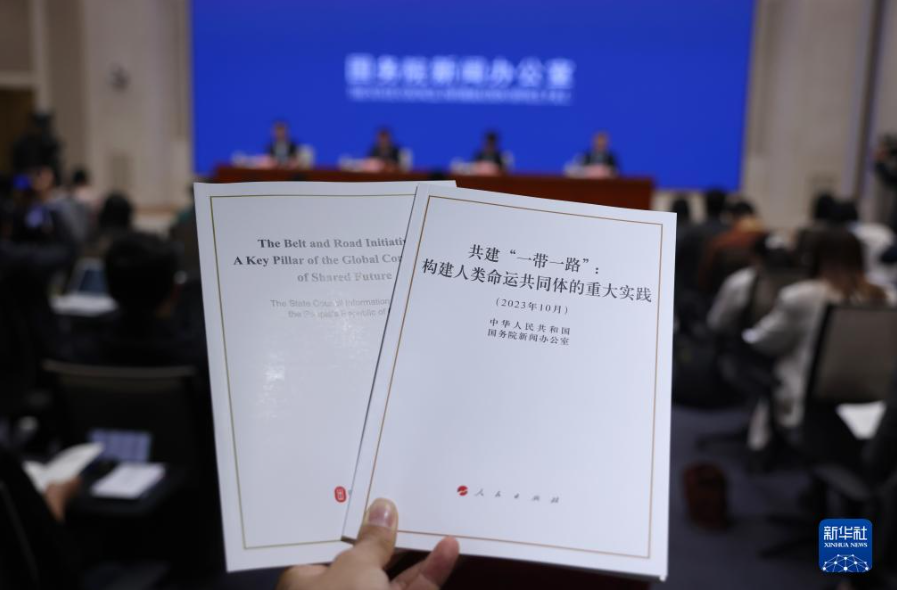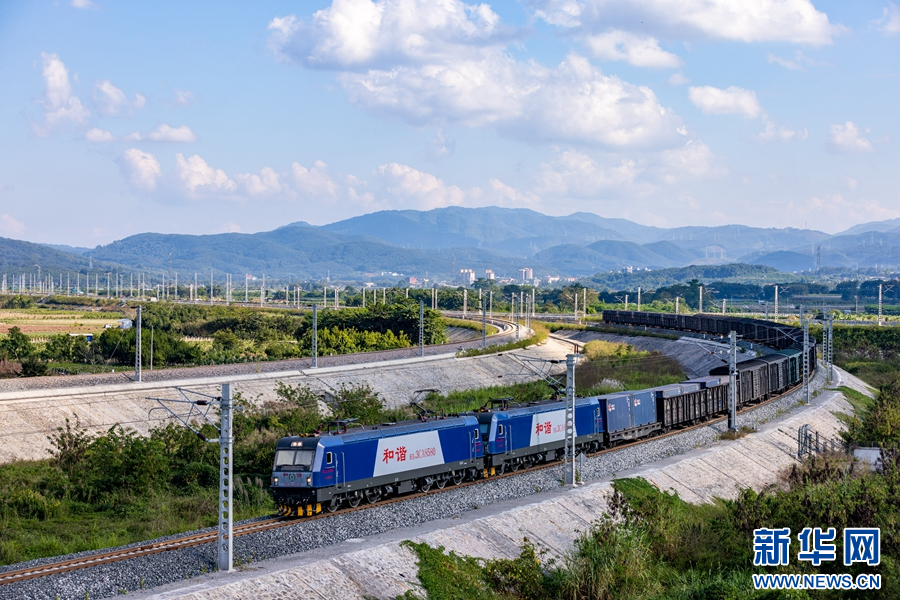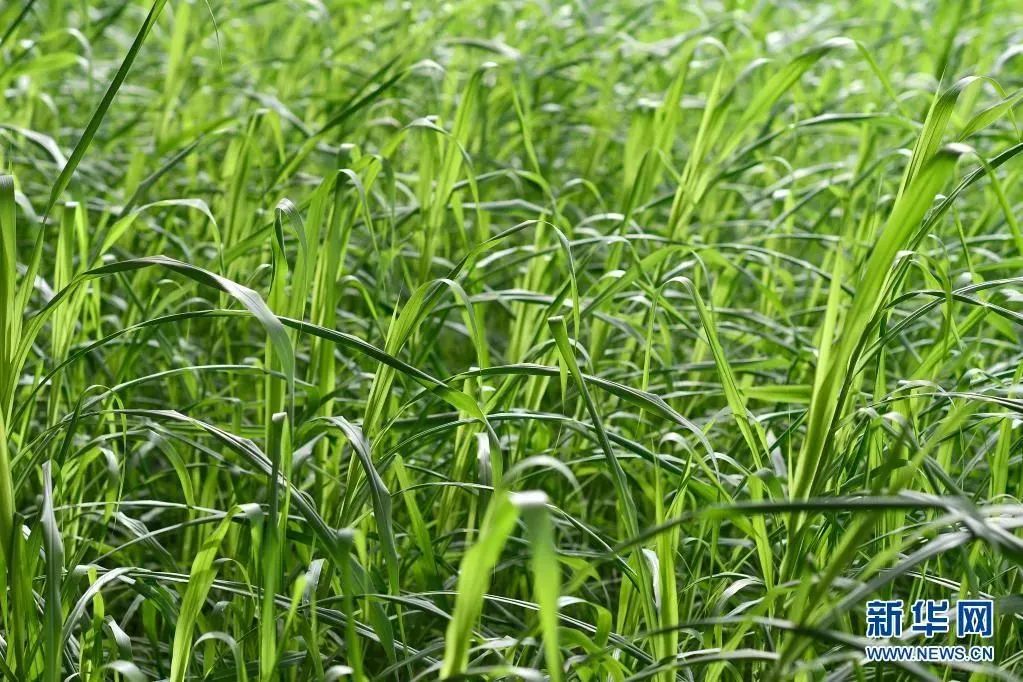




The BRI has identified the common interests of all parties and met their development needs. Here’s a handy example: As early as the 20th century, some Asian countries brought up the idea of building a “Pan-Asia Railway Network.” The launch of the China-Laos Railway marks a critical step for this blueprint to become a reality. The railway has drastically shortened the original two-day journey from Vientiane to Boten, a town on the China-Laos border, to three hours. What’s more, over 2,000 varieties of products have been traded between China and Laos via the railway. Data has shown that in the past decade, China and the BRI partner countries have collaborated in their national development schemes, spurring investment of nearly a trillion US dollars and creating 420,000 jobs.

The BRI represents the global economy’s future direction. In Southern Africa’s Lesotho, there is a popular folk song in praise of China’s Juncao (fungus grass) technology. Lesotho is a country that suffers from severe soil erosion. Back then, when this technology which uses grass instead of wood to cultivate edible fungus was introduced to Lesotho, people acquired a new way to get rid of poverty while protecting the environment.

What’s also impressive is the promotion through live-streaming by the Ambassadors of African countries. In recent years, the ever-prevailing digital commerce has made local African products like coffee from Ethiopia and white wine from South Africa more accessible to Chinese households. Poverty reduction, disaster mitigation, green development, and digital technologies have been important cooperation areas for building the BRI, which has helped bring global development into a balanced, coordinated and inclusive new stage.

The prosperity of the millennia-old silk routes has demonstrated that by upholding solidarity and mutual trust, equality and mutual benefit, inclusiveness and mutual learning, and win-win cooperation, different countries could share peace and achieve development together. Now, it is clear that the ultimate goal of the BRI is to help build a global community of shared future, and that will no doubt forge more consensus and drive greater progress.